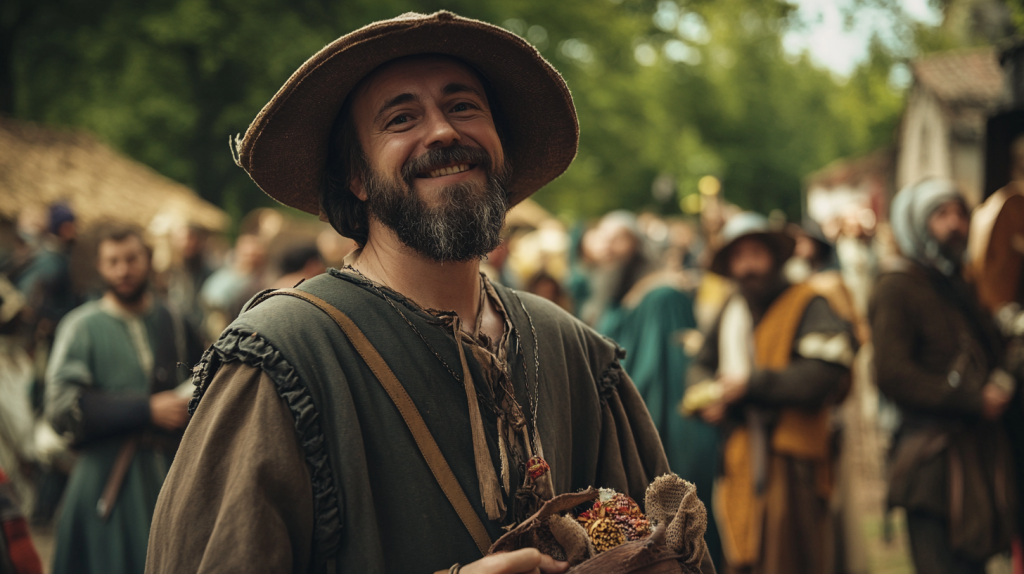It’s easy to forget that in medieval times, peasants actually had a fair few days off—although they were often tied to religious events or seasonal changes. Unlike our modern bank holidays, these were usually filled with communal feasts, dancing, and even games, where peasants could break away from the hard work of farming. These celebrations gave them a chance to enjoy some leisure, albeit brief, and they are fascinating to look back on now, even if they’ve faded into history. Let’s have a look at some of these vanished holidays and think about what life might have been like for those who enjoyed them.
Plough Monday
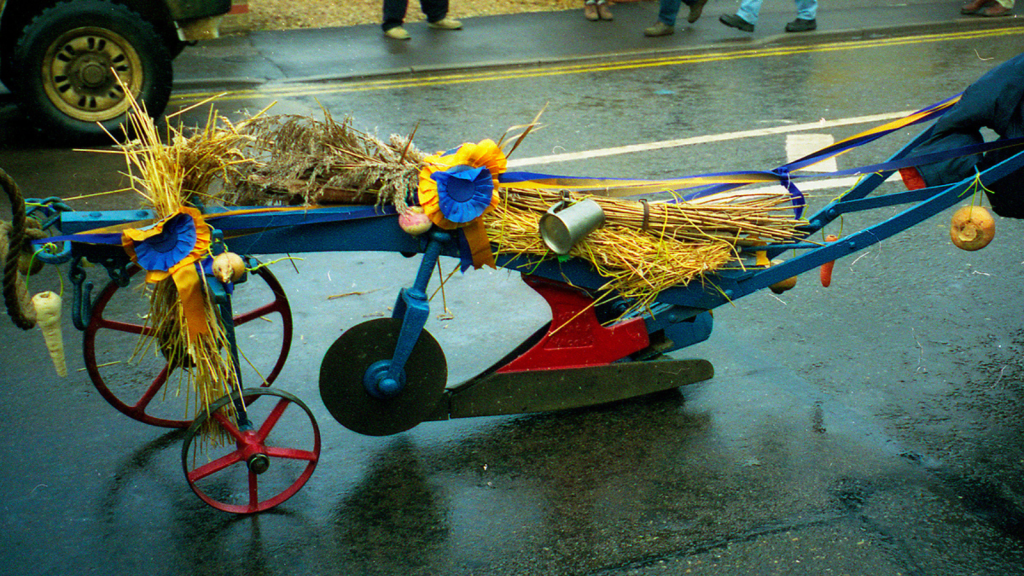
Plough Monday marked the end of the Christmas season, celebrated on the first Monday after the Twelfth Night (around 6th January). This day symbolised the return to work for peasants, but before they got back to the grind, they had a day of festivities. Traditionally, the ploughmen would drag a decorated plough through the village, stopping at homes for food, drink, and even small donations of money. While the celebration acknowledged that hard work was about to resume, it was also a day of fun and merrymaking.
Lammas Day
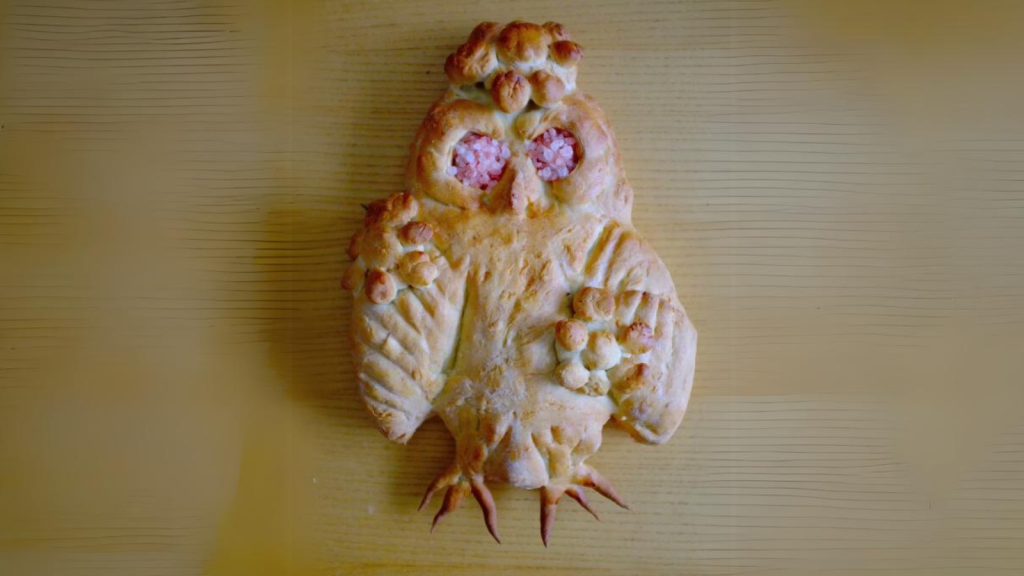
Lammas Day, celebrated on 1st August, was a festival marking the first wheat harvest. Peasants would bake loaves of bread using the first grains, which were then blessed in a church ceremony. This holiday signified gratitude for the harvest and a break from the hard labour of farming. While Lammas has been forgotten by most, its themes of gratitude and communal feasting still resonate. Peasants saw this day as the beginning of the harvest season, so it was a mix of celebration and anticipation of the work to come.
St. Distaff’s Day

St. Distaff’s Day was a bit of a joke holiday, celebrated the day after Epiphany (7th January). It was the day when women returned to spinning yarn after the Christmas break. However, men would sometimes mischievously interrupt the spinning, often by setting fire to the flax! In response, the women might drench the men with water. While it wasn’t an official church holiday, it was a fun, lighthearted event that gave peasants a brief reprieve from their duties before fully resuming their work routine.
Candlemas
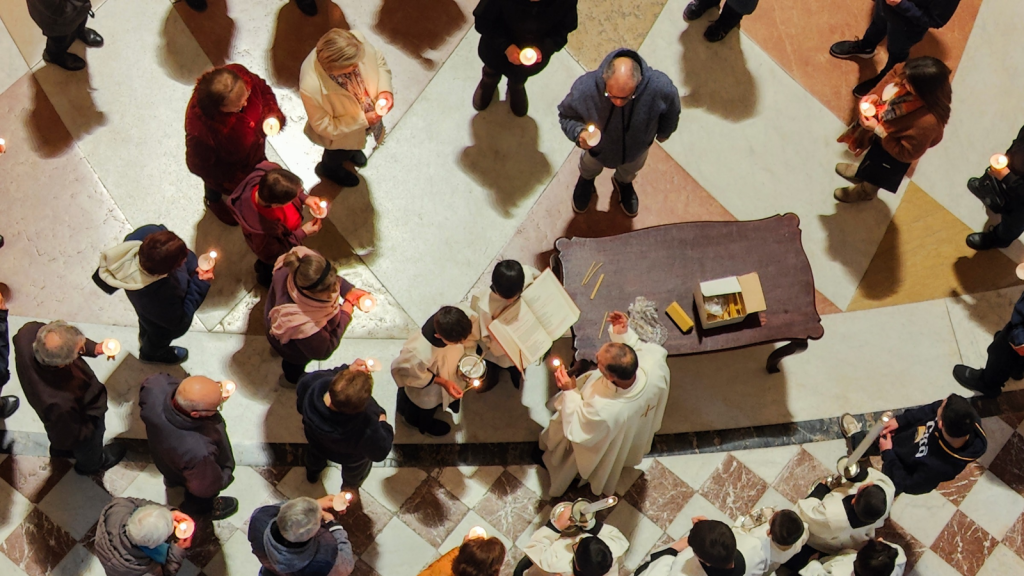
Candlemas took place on 2nd February and was a day to celebrate the midpoint between the winter solstice and spring equinox. This Christian feast day was marked by the blessing of candles that would be used throughout the year in homes and churches. For peasants, it was a holiday that provided a little pause in the heart of winter, often with feasts and gatherings. As it signalled the nearing of spring, it was also a time of hope, marking the slow but steady return of longer days and warmer weather.
Rogation Days
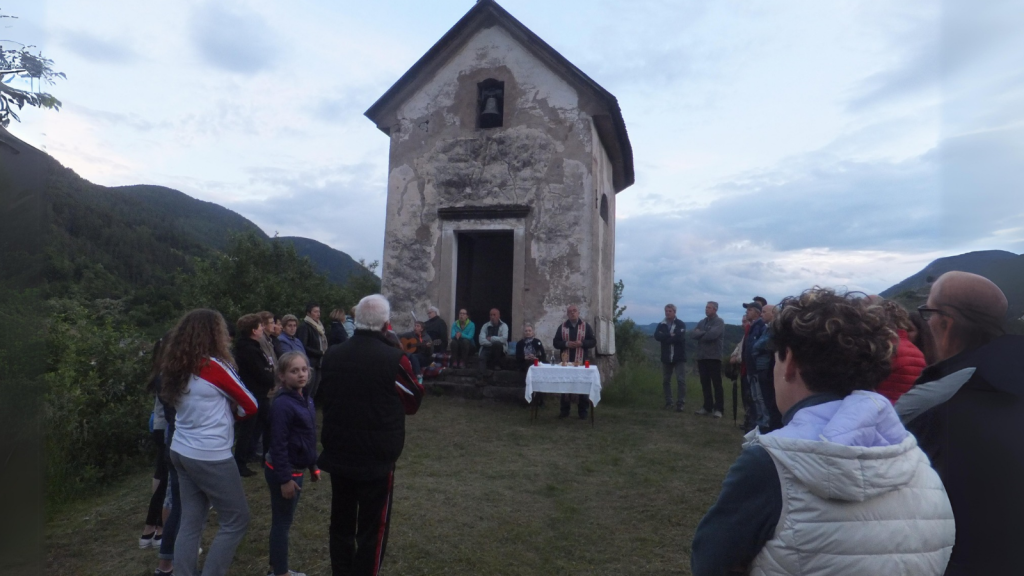
Rogation Days were a series of days set aside in the spring for prayers asking for good crops and protection from natural disasters. These days usually involved a “beating of the bounds,” where villagers walked around the boundaries of their parish, praying for protection over the land. Although not as festive as some other holidays, peasants appreciated the break, as the days were marked by processions, feasts, and sometimes outdoor games. The focus was on community, with the hope for a successful growing season ahead.
Gule of August

The Gule of August, also known as “Gule,” was another holiday that kicked off the harvest season. It is often confused with Lammas but had its own unique roots. Celebrated on 1st August, the Gule was a day of feasting and making offerings to ensure a good harvest. Over time, the festival blended with Lammas, but originally, it involved different rites and traditions tied to the pagan festival of Lughnasadh. For peasants, it meant a brief rest before the intense work of the harvest began.
Martinmas

Martinmas, celebrated on 11th November, marked the end of the agricultural year and was a time when peasants could enjoy the fruits of their labour. Traditionally, it involved the slaughter of cattle to prepare for the winter months, making it a feast day filled with meat and drink. Martinmas was also the time for settling rents and debts for the year, so while there were practical duties, it also came with celebration. The feasting and bonfires lit up the darker days, creating a sense of communal joy as winter approached.
Shrovetide

Shrovetide, the days leading up to Lent, was once a period of feasting, games, and merrymaking. It culminated in Pancake Day (Shrove Tuesday), when peasants would enjoy pancakes before the fasting period of Lent began. Peasants would also participate in lively activities such as mob football, which could involve entire villages and be quite chaotic. This pre-Lenten period allowed peasants to feast and celebrate before the austerity of Lent set in.
Midsummer Day
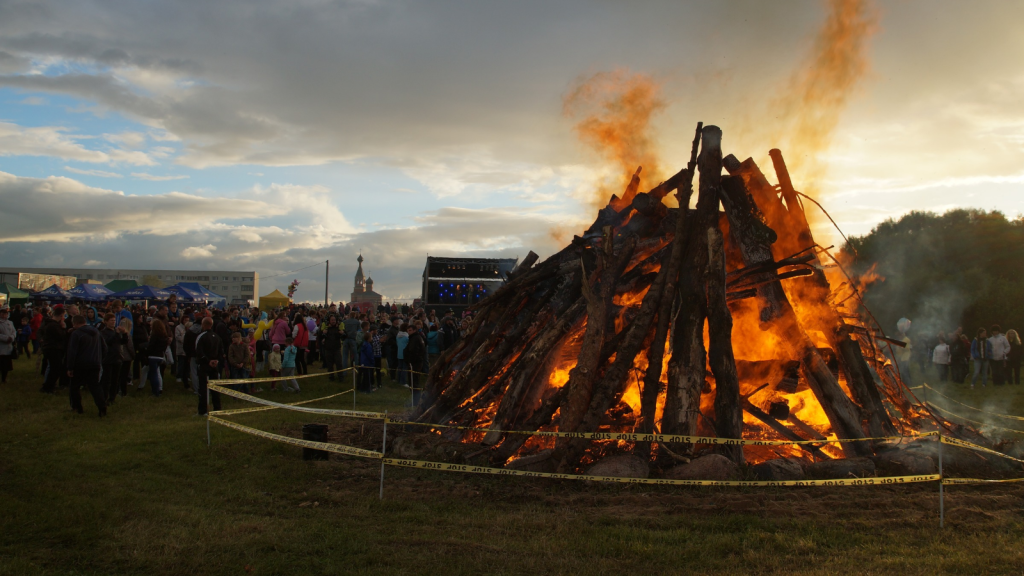
Midsummer Day, celebrated on 24th June, marked the summer solstice and was associated with feasts, bonfires, and dancing. It was a significant holiday for peasants, as it coincided with the growing season, when the days were long and crops were flourishing. People believed that the bonfires would protect against evil spirits and bring good luck for the harvest ahead.
Feast of Saint John the Baptist
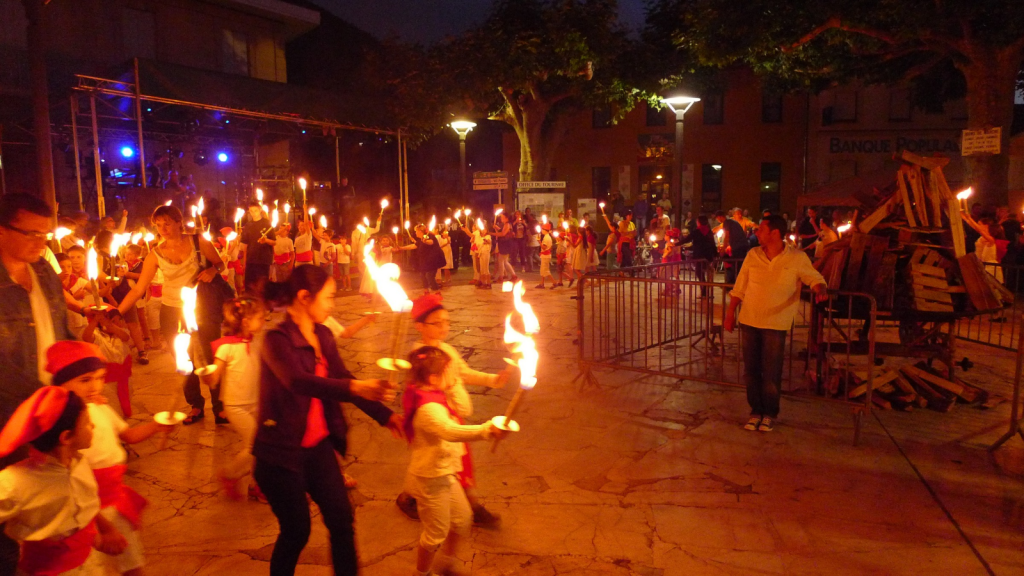
Falling on the same day as Midsummer, the Feast of Saint John the Baptist had both Christian and pagan roots. Peasants celebrated with bonfires, as well as feasting and dancing. This festival was a way to bless the fields and livestock during the vital summer growing season. Although this feast still exists in some areas, it has largely lost the importance it once had in rural communities.
Hocktide

Hocktide was celebrated the second Monday and Tuesday after Easter and was once one of the most important festivals in medieval England. It involved games, feasting, and the collecting of money for the parish. One quirky aspect was “lifting” or “heaving,” where men would lift women in chairs in exchange for small coins on the Monday, and women would do the same to men on the Tuesday.
May Day
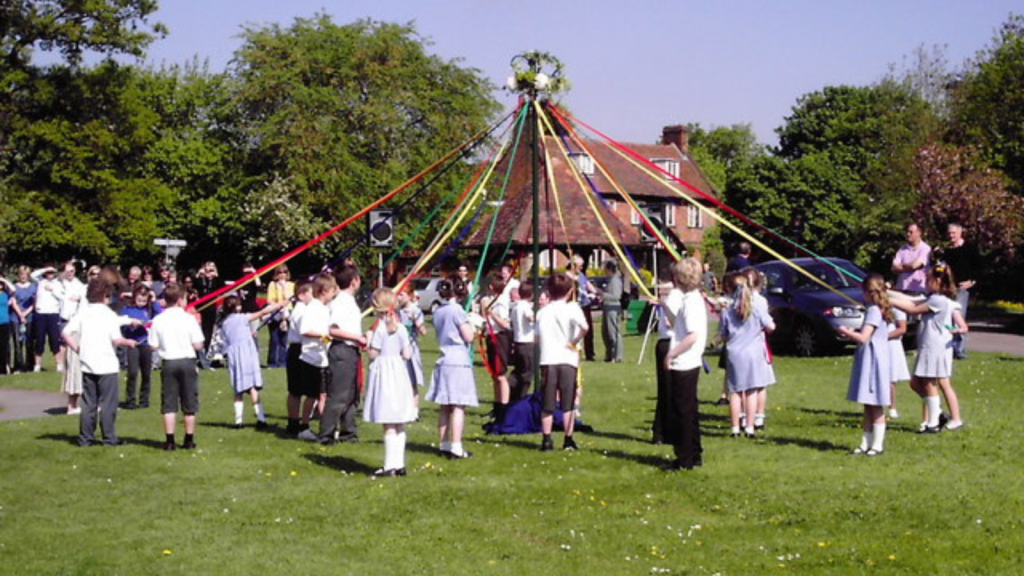
May Day, celebrated on 1st May, was a pagan festival that celebrated the arrival of spring. Peasants would decorate maypoles with flowers and ribbons, and the day was filled with dancing, music, and feasting. It was a joyful break from the rigours of farm work, marking the start of warmer weather and the growing season. While May Day still exists, its ancient traditions, like the maypole dance, have mostly faded from rural life.
Ellen has been obsessed with logic puzzles, jigsaws, and cryptograms since she was a kid. After learning she was taught how to play chess wrong by a family friend (so they could win), she joined her school chess club and the rest is history.
